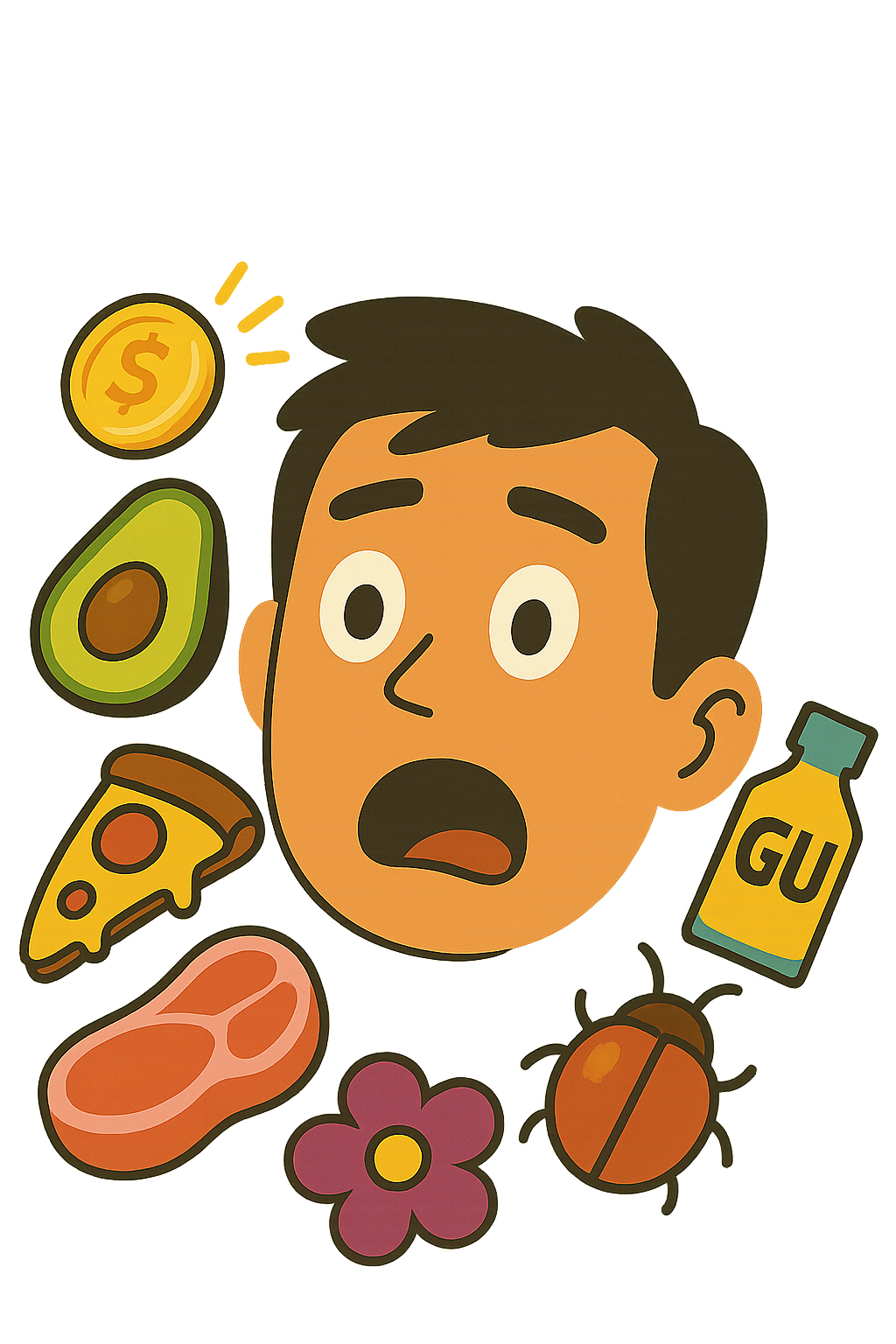Can you eat food with mold if you cut it off?
Quick Answer
No
Eating moldy food is generally not safe even if you cut off the visible mold. The mold’s roots can penetrate deep into the food, and removing the visible parts doesn’t guarantee that all toxins produced by the mold are gone.

What Is It?
Mold is a type of fungus that grows in the form of multicellular filaments called hyphae. They can grow on food and other organic materials, producing toxins that can be harmful if ingested.
Why It Can Be Risky
Eating moldy food carries several risks:
- Allergic reactions: Some people may experience symptoms like sneezing, itching, or rash.
- Respiratory problems: Inhaling mold spores can lead to breathing difficulties, especially in people with asthma or other respiratory conditions.
- Food poisoning: Some molds produce mycotoxins, which can cause food poisoning symptoms like nausea, vomiting, and diarrhea.
- Long-term health effects: Prolonged exposure to certain types of mold can lead to more serious health issues, such as liver damage or immune system suppression.
Can You Just Cut It Off?
While it might seem like a good idea to just cut off the moldy part and eat the rest, this is not recommended. Mold can spread throughout the food, not just on the surface. So, cutting off the visible mold might not remove all the mold and its toxins.
Safe Alternatives
If you find mold on your food, it’s best to discard the entire item to avoid any potential health risks. If you’re frequently finding moldy food, consider adjusting your food storage methods to prevent mold growth.
Storage Tips
Keep your refrigerator clean and at the right temperature (below 40°F).’, ‘Store food in airtight containers.’, ‘Use food within its expiration date.’, “Don’t leave perishable food out of the refrigerator for more than two hours.”]